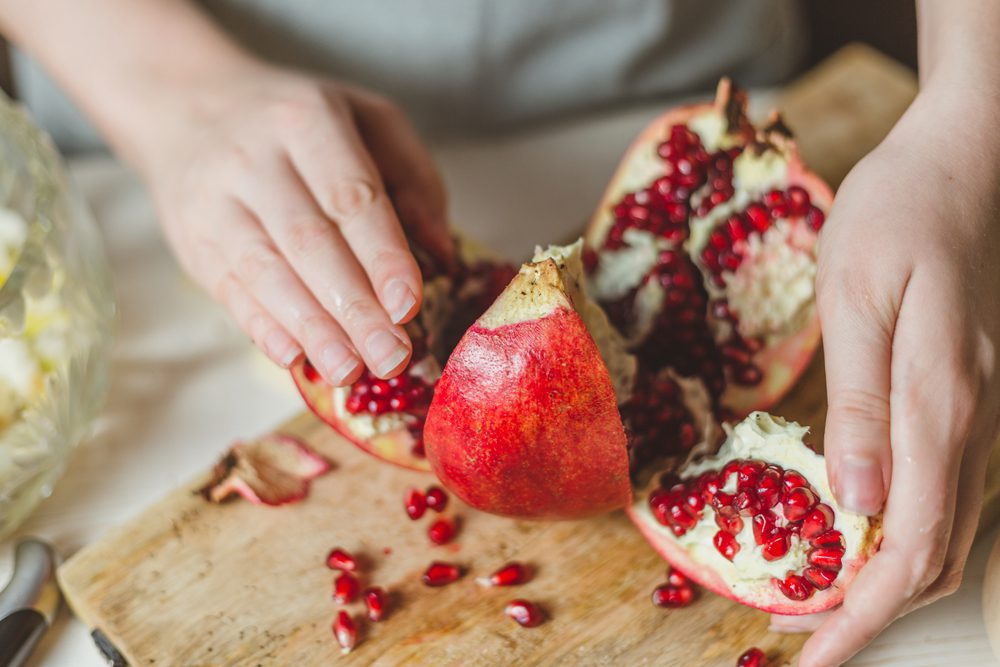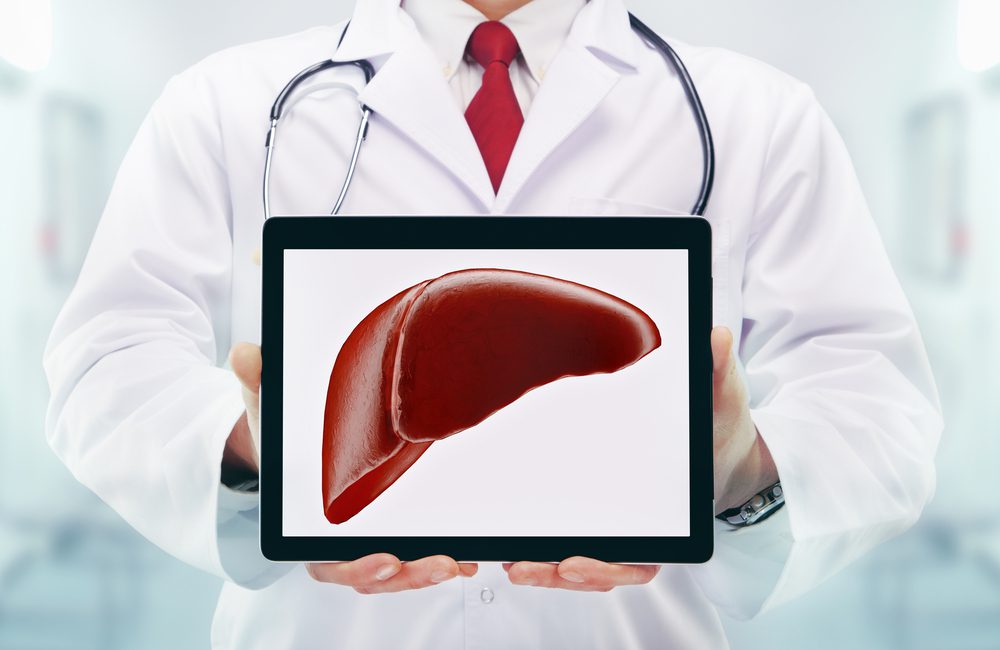Recent studies suggest that maintaining a healthy diet can help us alleviate chronic pain. Food can’t really replace the effectiveness of painkillers, but scientists are uncovering that some foods can help reduce the pain and the reasons why. Let’s see if nutrition can be the key to pain relief.
Across many cultures, soups, stews, and curries have long been used for their healing properties. The ancient Greek physician Hippocrates said since the 4th century BC, “Let food be thy medicine(…)”. Modern science highlights the role of nutrition for building a strong and resilient body. A recent study published in Nutrition Research came up with the idea that a healthy diet can contribute to lower levels of chronic pain. The research examined the links between body fat, diet, and pain.
The study found that greater consumption of core foods, like fruits, vegetables, or grains, is associated with reduced pain regardless of body weight, according to Sue Ward from the University of South Australia. Good nutrition benefits overall health and well-being, but the simple realization that dietary changes can alleviate chronic pain is life-changing.

New study links food choices to pain levels
Chronic pain is widespread, and it’s estimated to affect 20-30% of people globally. Those who suffer from chronic pain usually experience higher body weight compared to the general population, raising questions on whether it’s the body composition or the diet playing a role in pain levels.
A recent study on Australian adults explored whether the diet has a direct connection to body pain or if there are other factors such as fat percentage and body weight. The study was led by Sue Ward from the University of South Australia, and many participants who were found with high levels of body fat were not following the dietary guidelines. Those who adhered closely to the guidelines experienced lower levels of body pain.
“Our study found that many participants had high levels of body fat and did not adhere to Australian Dietary Guidelines, so they had low diet quality. However, people who followed the guidelines more closely had lower levels of bodily pain,” Sue Ward said.
What the findings suggest is that diet quality plays a more significant role in chronic pain management than body fat levels.
The study reveals that body fat levels are not directly correlated with pain. The types of food participants consumed appeared to have a stronger connection with pain severity—a fact that brings another question: how specific foods and nutrients might influence inflammation and pain perception, or recovery from injury.
Not all experts agree with the study’s conclusions. Paul Durham, for example, who is a plant and biology expert at Missouri State University, expressed skepticism about the robustness of the study. He says that the study wasn’t designed with enough power in the statistical analyses to be able to generate a firm conclusion, and it feels more like a pilot study.
Durham’s concerns are based on the sample size and the study’s methodology which are unable to draw definitive conclusions.
While the study findings are promising, there is still more research needed to understand such a complex relationship between chronic pain, body fat, and diet. Chronic pain is often associated with systemic inflammation, and it’s known that some foods, such as those rich in omega-3 fatty acids, antioxidants, and polyphenols, have anti-inflammatory properties.
On the other side, dietary factors like excessive sugar and processed food can increase inflammation and worsen pain. The psychological aspects of chronic pain, like stress and depression, can also influence how an individual experiences and perceives pain, and diet can also play a role in a person’s mood.

How Diet Influences Chronic Pain
Even if Paul Durham criticized the recent study, he agrees that diet plays a huge role in maintaining chronic pain, including conditions such as migraine. He talks about a well-established correlation between high levels of chronic pain and a low intake of vegetables, fruits, dairy, or unsaturated fats.
Durham’s theory is based on how modern lifestyle is characterized by poor-quality diets and sleep deprivation, creating a direct conflict with how our bodies evolve to maintain our health.
He talks about the people who consume the so-called Western diet or Standard American Diet, which is in a state of bodily imbalance. The Western diet consists of highly processed foods like pizza, sweets, and fast food, lacking essential natural produce such as vegetables, fruits, grains, or certain animal products. Such a dietary imbalance plays a significant role in chronic pain, plus other health issues.
Durham explains how an unhealthy diet can bring many harmful effects, creating a “perfect storm” that exacerbates chronic pain. With the Western diet so far off the game, we deal with chronic inflammation on a mass level, caused by a messed-up metabolism and ending up with leaky gut syndrome.
In his view, chronic inflammation is the key factor when it comes to chronic pain, as it leads to digestive and systemic inflammation issues, amplifying the experience of pain.
One of the core issues when it comes to the Western diet is that it lacks nutrients that our body needs for optimal function. Refined white bread, for example, is considered a staple in many Western diets, but it has basically no nutritional value. The wheat kernel, which contains all the vital minerals, fiber, and vitamins, is removed in the industrial process.
This incredible lack of nutrition makes our bodies struggle to manage harmful chemicals with inflammatory effects. When these chemicals accumulate in the body, they worsen the chronic pain, contributing to cardiovascular problems and increasing the risk of conditions such as diabetes.

Foods that reduce pain and inflammation
Certain dietary supplements can offer relief for conditions such as chronic pain. For example, compounds called polyphenols can help break down inflammatory molecules in the body, potentially reducing pain. They can be found in foods like grape seed extract and cocoa. These polyphenols are believed to have anti-inflammatory and antioxidant properties. However, researchers emphasize that supplements such as grape seed extracts will never be a good substitute for painkillers such as ibuprofen or tramadol.
Foods that may help reduce pain and inflammation:
- Fruits and vegetables, such as berries (rich in polyphenols and antioxidants), leafy greens like spinach, kale, or arugula (antioxidant properties and high in vitamins like C and K), tomatoes, or cherries (contain anthocyanins known to reduce the inflammatory markers in the body)
- Healthy fats like olive oil (contains oleocanthal, which mimics the effects of ibuprofen), fatty fish (high in omega-3 fatty acids), or avocados (rich in monounsaturated fats and antioxidants)
- Nuts and seeds like almonds (high in antioxidants and vitamin E), chia seeds (packed with omega-3 and fiber), or walnuts (high in omega-3)
- Herbs and spices like turmeric (contains curcumin, which is a powerful anti-inflammatory), ginger (has anti-inflammatory properties and the ability to alleviate pain), garlic (contains sulfur that can reduce inflammation and support overall health), or cayenne pepper (contains capsaicin able to reduce pain signals and lower inflammation)
- Whole grains, like oats and quinoa
- Legumes, such as lentils or chickpeas, are high in fiber and protein.
- Beverages such as green tea (which contains polyphenols and antioxidants) or ginger tea.
These foods can reduce the chronic inflammation that often contributes to pain, especially when incorporated into a nutrient-dense, balanced diet. Keep in mind that while these foods can be helpful in pain management, they should only complement other treatments and a healthy lifestyle.
Read next: 10 Signs Your Blood Sugar Levels Are Not Normal

























